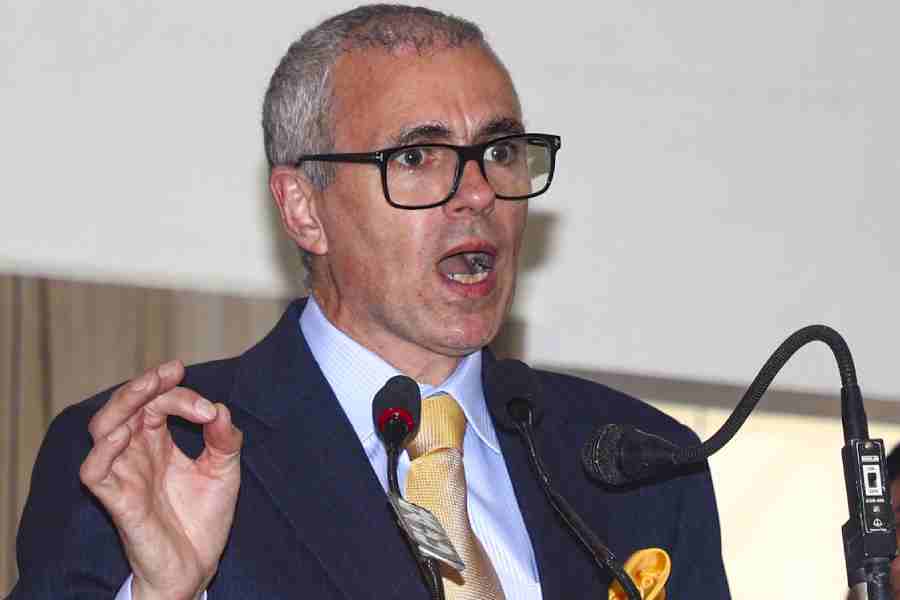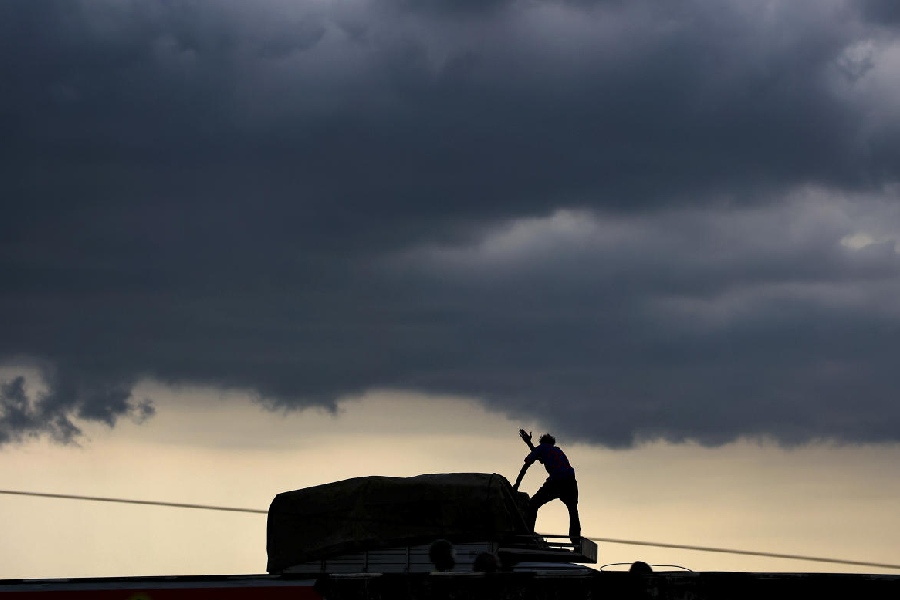|
|
| Simple truths |
RAMAKRISHNA PARAMAHAMSA: THE SADHAKA OF DAKSHINESWAR
By Amiya P. Sen, Viking, Rs 325
He was described as a phenomenon by Christopher Isherwood in the opening sentence of what is arguably the only accessible English biography of Ramakrishna Paramahamsa. That very description suggests a narrative written by a bhakta, a devotee. Amiya P. Sen wants to write on a different register; this is signalled by the sub-title of this little gem of a book — The Sadhaka of Dakshineswar. The neutrality of the term sadhaka — seeker and worshipper (Sen translates the word as “spiritual practitioner”) — gestures towards objectivity. Sen wants to chart a historian’s path between complete devotion and utter scepticism.
Writing a biography of Ramakrishna is a formidable challenge because of the paucity of sources. Almost all the contemporary accounts of his life that are available were written by his disciples and devotees. It is no easy task to get from these the wheat of facts out of the chaff of devotion and deification. Sen reads these accounts with care and sensitivity to produce a sympathetic and credible book that does not tend towards hagiography.
Apart from a brief but very competent coverage of Ramakrishna’s life and influence, the book has two areas of strength.
Ramakrishna was known for his religious eclecticism and the variegated nature of his religious experience. In the opening chapter, Sen situates Ramakrishna within the prevailing religious traditions and modes of worship and sadhana. This chapter is perhaps the best in the book as Sen unravels complex theological positions to make them accessible to intelligent and interested readers. Ramakrishna was unique in that he derived his spiritual quest from high Hinduism, the tradition of bhakti and from popular religious cults of Bengal. His message oscillated between faith in renunciation and the religion of urban domesticity. This marked his message with several ambiguities, which Sen notes. His borrowings were not limited to the Hindu tradition. He experimented with Islam (in 1868) with the help of a Wajed Ali Shah, a man with Sufi leanings; and claimed in 1874 to have encountered Jesus strolling in the panchabati grove in Dakshineshwar.
The other important point, though made passingly, is significant. Ramakrishna was brought into prominence within Calcutta’s elite and middle class by the Brahmos, with the redoubtable Keshab Sen playing a very leading role in the process. What was it that drew educated Brahmos, committed to monotheism, to a religious seeker in a Hindu temple known for his rustic, if profound, sayings?
This is a small book on an important and complex subject. The size of the book is disproportionate to what the writer has actually achieved.











